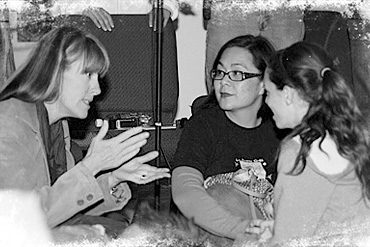On the first Sunday of Lent, we stop to consider what Lent has meant since the middle of the second century to millions of Christians from ancient to medieval to modern times. What is its place in the liturgical calendar and how did it and the other seasons of the church along with their cultural practices bind the people together in common experience? A common experience we no longer possess in our culture. But understanding Lent by understanding the model from which it came, Jesus’ 40 days in the wilderness, we begin to see that regardless of what the church taught and practiced, Lent was not about suffering or deprivation as some sort of sacrifice for God’s favor. Nor was it about penance for past sin.
On the first Sunday of Lent, we stop to consider what Lent has meant since the middle of the second century to millions of Christians from ancient to medieval to modern times. What is its place in the liturgical calendar and how did it and the other seasons of the church along with their cultural practices bind the people together in common experience? A common experience we no longer possess in our culture. But understanding Lent by understanding the model from which it came, Jesus’ 40 days in the wilderness, we begin to see that regardless of what the church taught and practiced, Lent was not about suffering or deprivation as some sort of sacrifice for God’s favor. Nor was it about penance for past sin.




